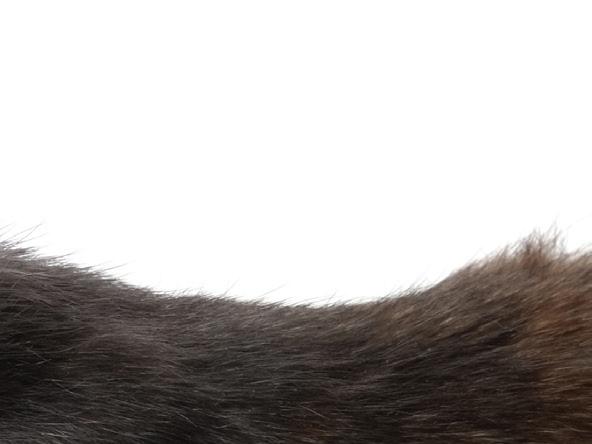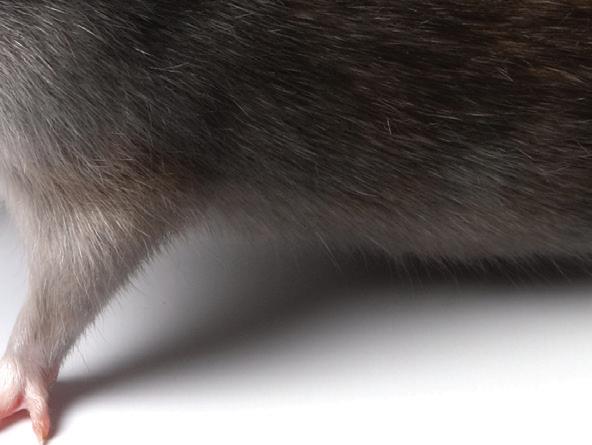
4 minute read
PEST CONTROL
AW RATS! AW








New rules mean permanent toxic baiting is no longer the go-to treatment for the pest control industry A rat in your restaurant or a mouse in your hotel lobby probably won’t lead to good reviews on TripAdvisor and now new rules brought in by the Department of Agriculture, Food and Marine mean you have to think twice before you employ your usual pest control solutions. The Department has stated that permanent toxic baiting is no longer permitted as a routine practice in rodent pest management. Long-term baiting is only allowed using specific products in situations where all other alternatives have been considered by registered Pest Management Trained Professional Users (PMU’s). Permanent baiting is now strictly limited to sites (indoors, around buildings, open areas and in sewers) with a high potential for reinvasion when other methods of control have proven insu cient. Some pest control companies have reacted to the news by developing non-toxic pest control solutions. A digital pest control system has been launched by Rentokil that detects and captures or humanely kills a variety of pests using traps, bait stations and monitoring units. Called ‘PestConnect’, the devices feature infrared sensors that can detect a pest and activate a trap or allow access to bait. According to the company, the solution was developed partly in response to customer preferences for non-toxic solutions and growing concern about safety and the risk of contamination of food or other goods when using poison.
Although you may not think it with the current cold spell, our milder winters are also driving a rise in rats. Traditionally, cold winters create a natural cull of the rat population but our milder winters over recent years have seen numbers increase. Rats represent a serious public health risk as they urinate wherever they go. They can spread diseases including Salmonella and Weil’s disease to humans when they, or their urine, come into contact with food preparation areas. Mice can be just as troublesome, spreading Salmonella and Listeria. They can be a year-round problem as they don’t hibernate, but cold weather makes the possibility of an infestation more likely as they head indoors to seek warmth and food. Mice are extremely adaptable, they’re highly mobile and they breed quickly so it’s important to get rid of them quickly. but our milder winters over recent years have seen numbers increase. Rats represent a serious public health risk as they urinate wherever they go. They can spread diseases including Salmonella and Weil’s disease to humans when they, or their urine, come into contact with food preparation areas. Mice can be just as troublesome, spreading Salmonella and Listeria. They can be a year-round problem as they don’t hibernate, but cold weather makes the possibility of an infestation more likely as they head indoors to seek warmth and food. Mice are extremely adaptable, they’re highly mobile and they breed quickly so it’s important
Think there might be a rat lurking around your premises? Here’s what to look out for…
Rat Droppings - Usually found in concentrated areas as rats can produce up to 40 droppings per night. Brown rat droppings are dark brown in a tapered, spindle shape about 9–14mm long. They can resemble a large grain of rice.
Bite Marks - Rats have a set of teeth that grow continuously. They need to gnaw on wood and plastic to keep them trim. You may also notice ripped food packaging, as rats tear open food, leaving visible teeth marks.
Rub Marks - Rats use established routes along skirting boards and walls due to their poor eyesight. Grease and dirt on their bodies leave smudges and dark marks on both objects and surfaces they repeatedly brush against.
Scratching Noises - Black rats are agile climbers and can easily gain access into loft spaces and upper floors of buildings. Hearing scratching noises at night from above may suggest their presence.
Burrows - Brown rats are well known for digging and excavating extensive burrow systems for shelter, food storage and nesting. Look for burrows in compost heaps, under decking or garden sheds or in garages.
Rat Nests - Rats build nests in warm, hidden places using shredded material such as newspaper and fabrics. Nests will often contain young rats and are usually located close to a food source. Check behind and under appliances, such as fridges and freezers in or near your kitchen. shredded material such as newspaper and fabrics. Nests will often contain young rats and are usually located close to a food source. Check behind and under appliances, such as fridges and freezers in or near your kitchen.
Footprints (running tracks) - Rats leave foot and tail marks in dusty, less-used areas of buildings. To establish if an infestation is active, sprinkle fine flour or talc along a small stretch of floor near the footprints and check for fresh tracks the next day. Footprints (running tracks) - marks in dusty, less-used areas of buildings. To establish if an infestation is active, sprinkle fine flour or talc along a small stretch of floor near the footprints and check for fresh tracks the next day.





